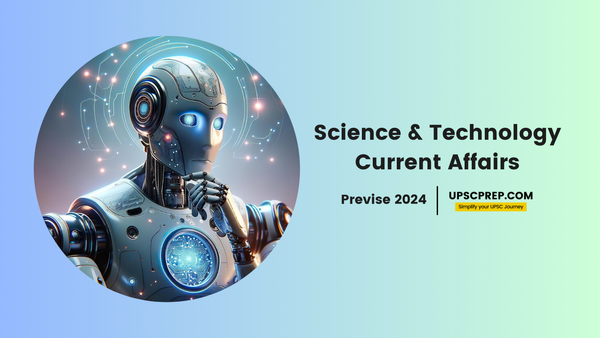Table of contents
The ever-evolving landscape of Science and Technology (S&T) holds immense significance for the UPSC Civil Services Examination.
From shaping national policies to tackling global challenges, a comprehensive understanding of these advancements is crucial for future leaders.
This article delves into the most captivating and UPSC-relevant topics in S&T, equipping you with the knowledge to excel in your preparations.
Let's read.
CAR-T Cell Therapy
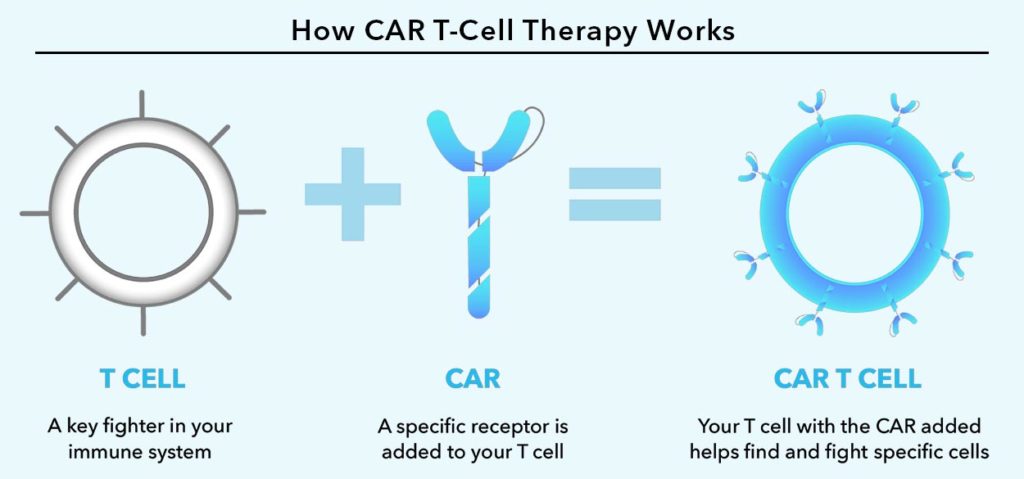
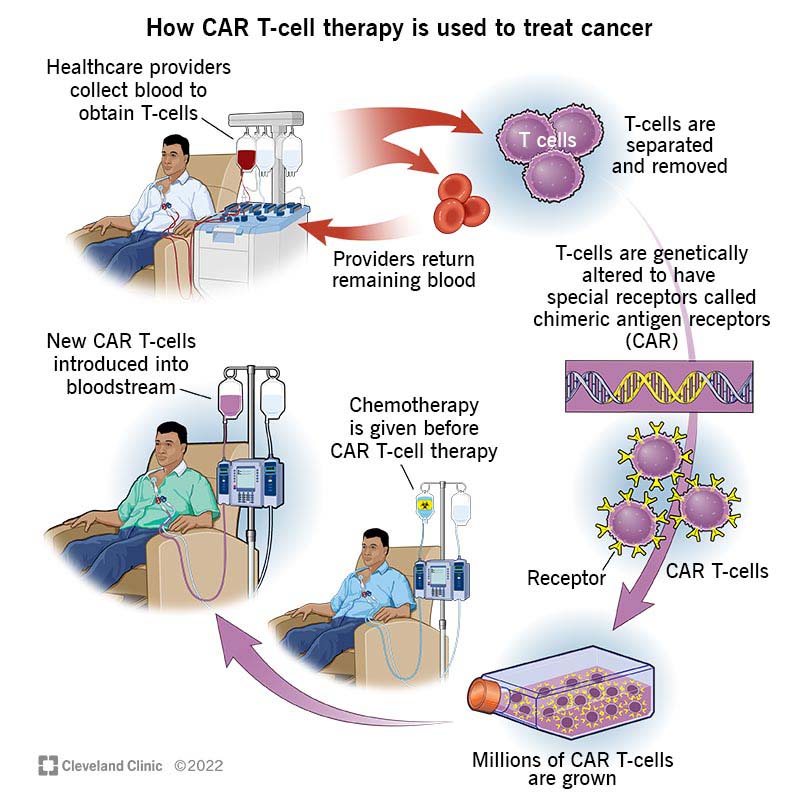
- CAR T or chimeric antigen receptor T cell therapy is an approach in cancer treatment that engineers a patient's T cells to attack their tumors.
- T cells are extracted, genetically modified to target cancer antigens and the engineered CAR T cells are reinfused back into the patient's body to provoke a potent immune response.
- Unlike general immunotherapies that boost the overall immune system, CAR T cell therapy specifically attacks their cancer cells making it a personalized cell therapy.
- There are some limitations like toxicity risks and high costs.
Vikas Engine
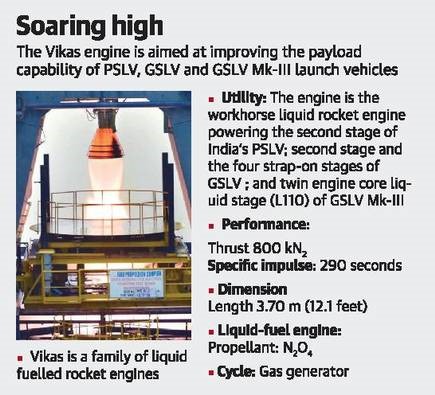
- The Liquid Propulsion Systems Centre of ISRO developed the Vikas Engine in the 1970s with help from France.
- It is a family of liquid-fueled rocket engines and named in honor of Vikram Ambalal Sarabhai.
- These engines can be applied in the Core Stage (Liquid Propulsion) of ISRO's Polar Satellite Launch Vehicle (PSLV) and the Geosynchronous Satellite Launch Vehicle (GSLV).
- It has a vital role in the boosters and second stage of the GSLV Mark I and II, powering the second stage of the PSLV and as the core stage engine for LVM3.
Tokamak

- Tokamak is a device to perform nuclear fusion by confining plasma with use of magnetic field coils.
- This produces the required conditions for fusion reaction on the Earth.
- T-1 was the first tokamak to operate in Russia in 1958.
- It can provide a climate-friendly energy source and is the base for conducting the ITER project.
- In the nuclear fusion process, light nuclei fuse together to form heavier nuclei and release enormous amounts of energy.
- This is much more than the energy released by nuclear fission.
Shukrayaan



- The Venus Orbiter Mission or Shukrayaan 1 is ISRO's first planned mission to the planet Venus.
- The 2500 kg spacecraft will orbit Venus to study what lies beneath the surface of the hottest planet with sulfuric acid clouds in the solar system.
- The mission will be executed by a GSLV Mk II rocket with payloads like a high-resolution synthetic aperture radar and a ground-penetrating radar.
- Mission is challenging as Venus has a dense atmosphere which hides its surface and hence is difficult to study.
- The mission is important as scientists had discovered phosphine gas in Venus' clouds which indicates microbial life on the planet.
We can't clear UPSC for you.
But with our personalised mentor support, you'll be ready to do it yourself.
Web 5.0
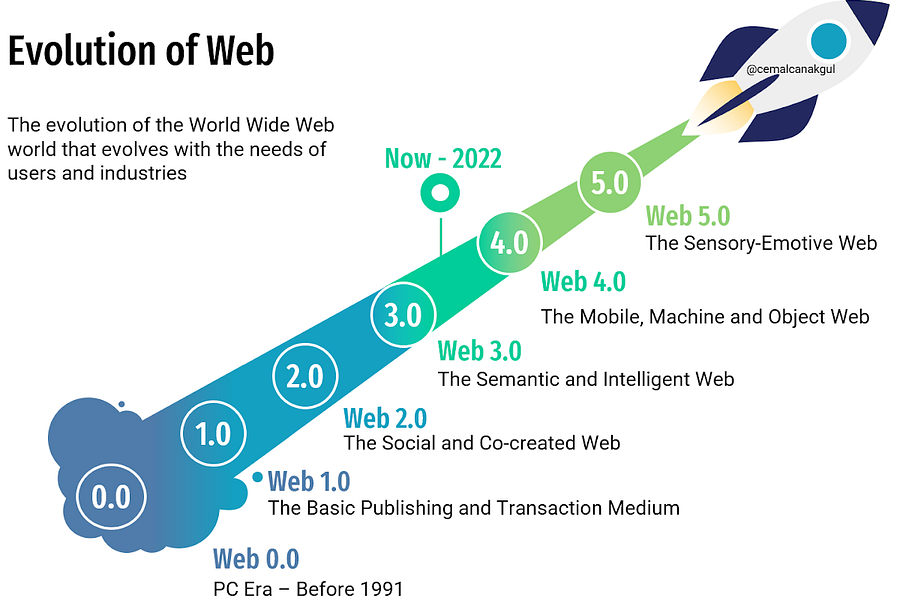
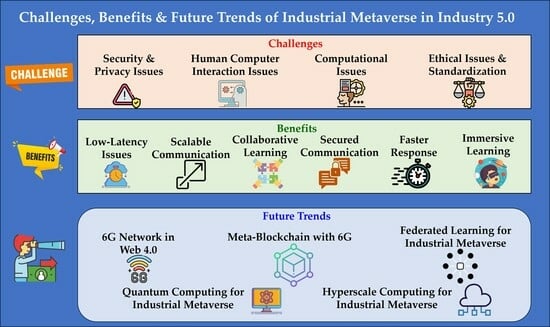
- Web 5.0 allows people to 'own their identity’ and 'manage their data’ on the Internet as it shares features like communication with servers from Web 2.0 and decentralization features from Web 3.0.
- Users can participate through their own blockchain arrangement which will safeguard their data privacy as there is absence of intermediary.
- Main feature of the Web 5.0 version is emotional intelligence using blockchain, deep learning and Artificial Intelligence.
- Consumers will get the benefits of decentralization and cryptographic security.
Microbial Fuel Cell
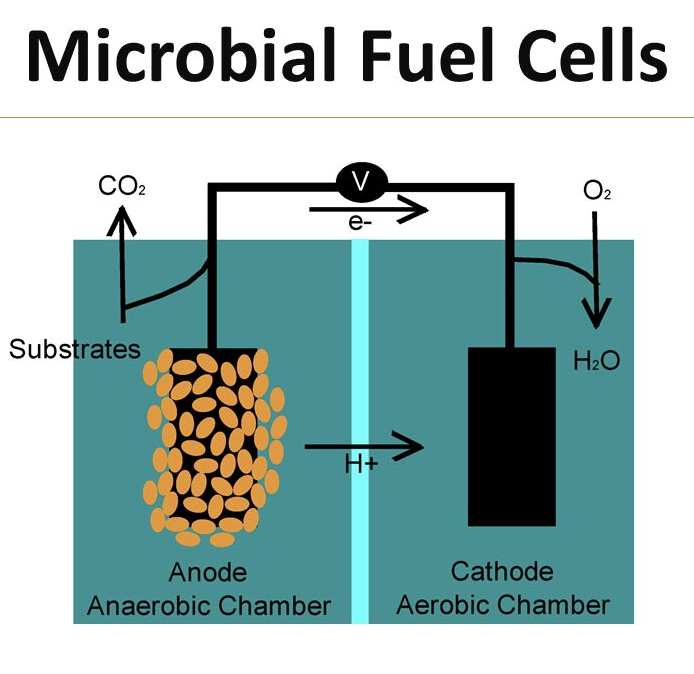

- Microbial fuel cells use bacteria as catalysts, with anode and cathode compartments separated by a cationic membrane, to oxidize matter and generate electricity.
- Microbes in anode compartment metabolize organic compounds like glucose and donate electrons. This metabolism generates electrons and protons.
- Electrons transferred to the anode surface are further moved to the cathode and are consumed along with protons in the presence of oxygen.
- This generates electrical power.
- Applications include low-cost electricity from waste, bioremediation and wastewater treatment.
Edge Computing
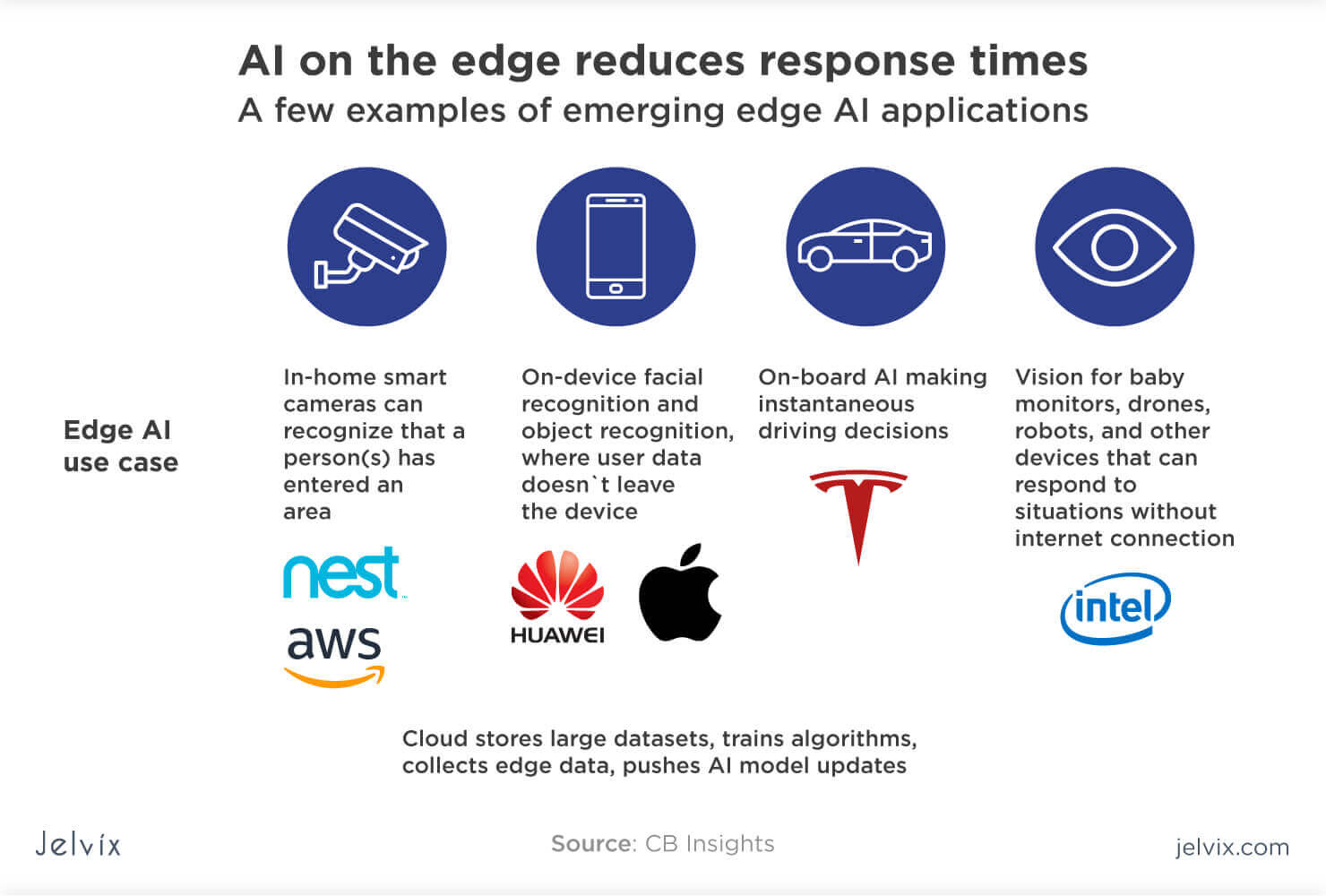
- Edge computing involves faster and more extensive data processing at the network's periphery close to the source of origin.
- Latency and cost is low as compared to cloud computing giving real-time action-led outcomes.
- Other advantages include scalability, privacy, autonomy and edge AI.
- Its applications include smart grids, autonomous robots, self-driving cars, data from smart equipment etc.
Genome India

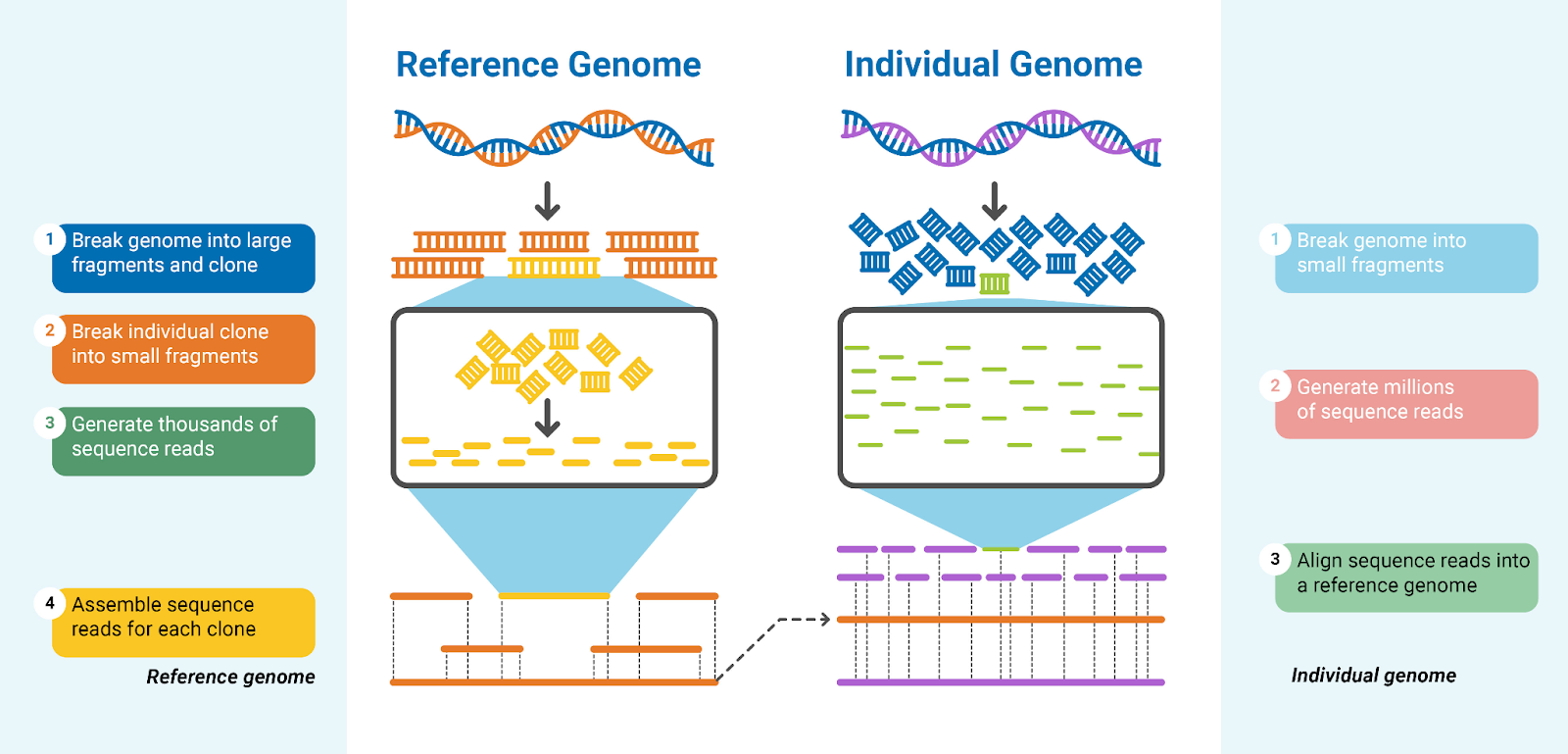
- Launched in 2020, the Department of Biotechnology funded the project and executed by the Centre for Brain Research.
- It will identify genetic variations from across India using whole genome sequencing to create an exhaustive catalogue of genetic variations.
- For research and diagnostics, it will develop low-cost genome-wide arrays and a biobank for DNA and plasma samples.
- It is important for creating a database to understand about unique genetic variants and use this information to tailor drugs and therapies.
